12 Fascinating Corvette Facts You’ll Be Surprised to Hear
-
- Last updated:
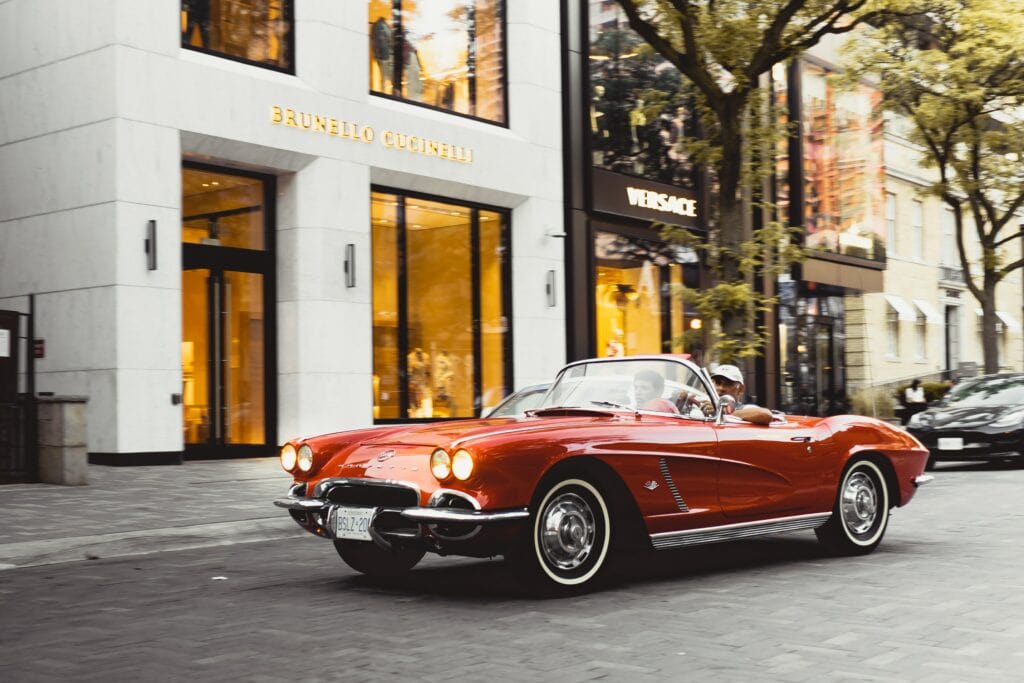
This year, Chevrolet will be marking the 70th anniversary of one of the most iconic American sports automobiles—the Corvette. It was on the 30th of June 1953 that the first Corvette was produced in Flint, Michigan. And so much has changed since then, as we’ve seen many different iterations of the car.
Any Corvette enthusiast will attest to the fact that today’s model is equipped with some of the best technological features on the market, guaranteeing that it delivers the best performance. And you’ll be glad to hear that after taking a deep dive into the archives, we made several other surprising findings.

The 12 Most Fascinating Corvette Facts
1. Corvette Has Existed for Over 60 Years
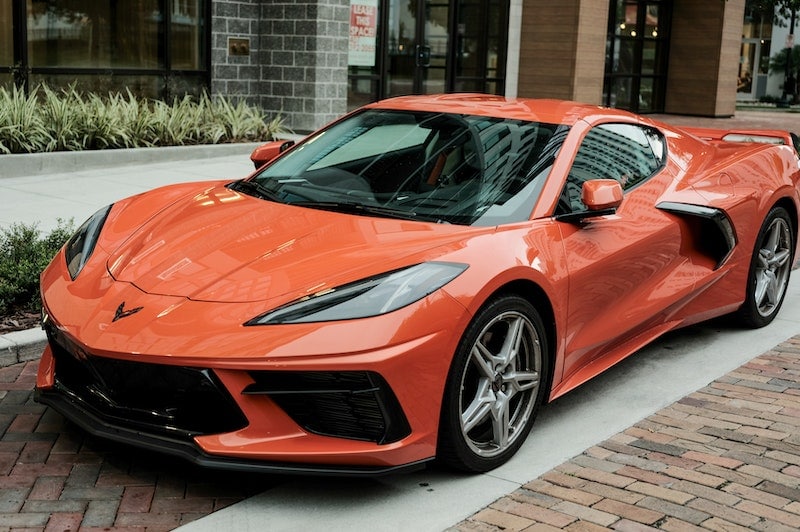
Save for the Chevrolet Suburban, there’s no other vehicle that has been continuously produced since 1953. Of course, there are so many reasons why car companies often stop or limit the production of new vehicles, two of them being the shortage of demand and supply chain problems. It just seems like the Corvette has never been adversely affected by such problems, to date.
2. On The 17th of January 1953, Corvette Debuted as a Concept Car
The 30th of June wasn’t the first time we got to see the car. Those who attended the General Motors Autorama—an auto show organized by GM—that was held in New York City at the time got to see the concept version of a car that would dominate the market in the near future. It’s safe to say that the whole display was a success, as it’s the chief reason why the brand decided to produce and release a limited number of Corvettes the same year, on the 30th of June.
3. The First Models Had Polo White Exteriors and Red Interiors
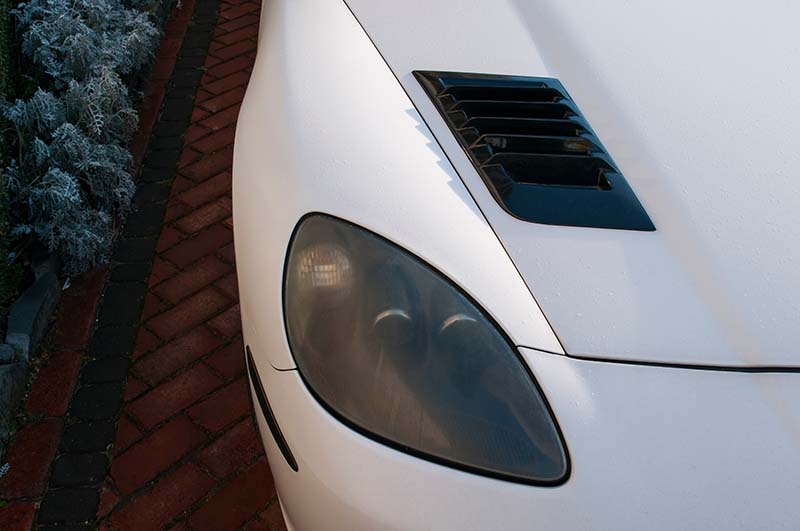
If you go back in time, you’ll find that all of the Corvette models released in 1953 had the same coat of paint covering the exterior and the same design on the inside. We honestly don’t know if this was a marketing strategy, seeing as Polo White is mostly associated with warm weather, and red is considered a universal color that signifies power.
4. The V-8 Engine Option Wasn’t Available Until 1955
Believe it or not, all the first models relied on the inline six-cylinder engine. And it’s not like Chevrolet didn’t know they existed, seeing as the French Antoinette company gave us the first V-8 engine in 1904. The US also produced its version of the V-8, the Cadillac L-Head engine.
Even before production was complete, 90% of the units had already been booked by buyers who couldn’t wait to get their hands on the new iterations. That’s how Chevy knew they had to drop the six-cylinder if they wanted to make more profits. A year later, they decided to exclusively produce V-8-powered Corvettes.
5. The First Corvettes Models Were Convertibles

In the 50s and 60s, it seemed like the idea of driving on a hot summer day with the top down appealed to almost all automobile buyers. The company thought it would be wise to only produce convertible Corvettes during that period because that was the latest craze. But they started releasing models that weren’t convertibles after 10 years when their popularity waned.
Experts believe that the reason behind that shift was the fact that consumers started opting for cars that felt safer and more secure. Unlike before, when drivers were cruising at 35 or 40 miles per hour, the faster pace of life compelled people to move faster.
Also, there has never been a production Corvette with a backseat. While there was a prototype Corvette designed in 1963 with a backseat, it was never put into production.
6. Since 1953, the Assembly Line Has Released Over 1.75 million Corvettes
Quite frankly, this was no mean feat. And you can tell Chevy’s not stopping anytime soon, as it recently gave us the Corvette Z06—a high-performance sports car that features an 8-speed dual-clutch transmission as well as an incredible hand-built LT6 5.5L engine.
This car obviously has a huge following, given the brand produced its 500,000th iteration in 1977, the millionth one in 1992, and 2009 marked the production of the 1.5 millionth Corvette.
7. Only Three Chevy Facilities Produce Corvettes

Chevy has only had three facilities working on the production of their Corvette models. The first one was in Flint, Michigan, which is considered the birthplace of the base model. Then we have a second facility that was set up in St. Louis, Missouri. They used it from 1954 to 1981, before setting up another shop in Bowling Green, Kentucky.
8. No Corvette Was Produced In 1983
1983 was a slow year in the Corvette community. People thought new models were going to be rolled off the assembly line, only to learn that Chevy was planning to take some sort of sabbatical. The company felt that they needed more time to brainstorm as a team and come up with better versions of the Corvette. And they sure did deliver, with the launch of the C4 (4th generation, built from 1984 to 1996).
Funny thing is, even though no Corvette was in sale in 1983, they still managed to produce 44 prototypes. If you visit the National Corvette Museum (located in Bowling Green, Kentucky) you’ll be given access to one of the prototypes.
Where are the other 43 prototypes? Only Chevy can answer that question.
9. The C2 Was the First Iteration with Independent Rear Suspension
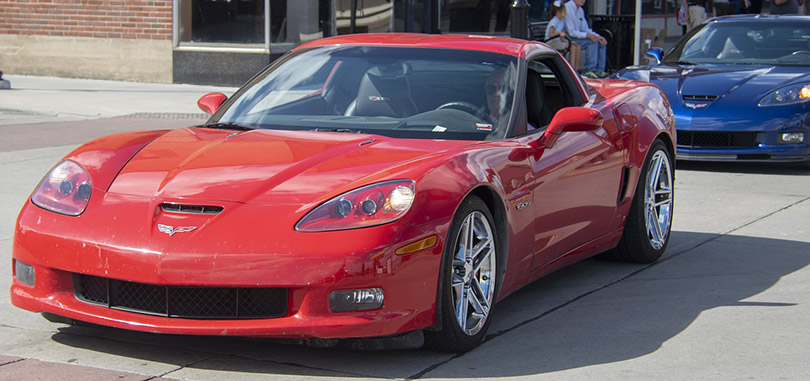
A rear suspension is a mechanical system that’s designed to hold a vehicle’s body and frame up in the air. In other words, it’s basically what connects the road to your car. This system is made up of shock absorbers, joints, wheels, rods, bearings, tires, and more importantly, the frame.
If you’re told that your car has an “independent” rear suspension, what they are trying to tell you is that it has a system that permits wheels on the same axle to vertically move independently. This usually facilitates comfort, as it gives each wheel the ability to address the road uninfluenced by the activities of the partner wheel.
The system was a transversal leaf suspension, meaning it was designed to ensure the vehicle’s wheels aren’t separated from the road, whenever the transverse leaf spring rebounds. Chevy has used that same design for the past 50+ years.
10. Corvette First Tried the Le Mans in 1960
Le Mans is an event held annually in France. It’s officially known as the “24 Hours of Le Mans” because it’s often held near Le Mans town, and drivers are expected to cover the greatest distance in 24 hours. This endurance racing event has been around for what seems like eons, and Corvette first took part in it in 1960.
Three Corvettes made a debut that year, and the driver behind the wheel was Briggs Cunningham.
11. Corvette Is the Only Car to Have Paced in Indy 500, 14 Times

Indy 500, previously known as the Indianapolis 500-mile race, is yet another racing sport annual event that the Corvette has been a part of. We’re certain that you’ve heard of a pace car if you’re a fan of this event or stock car racing. Its prime functions are to guide the racing cars during warm-ups and to help reduce their speeds mid-races during caution periods.
The event organizers have relied on Corvette to act as their pace car 14 times, but that level of trust wasn’t built until 1978 when Corvette was celebrating 25 years of excellence.
12. Supercharged Engines Were First Installed in The Corvette In 2009
Up until 2009, the aspirated V-8 engine was the heart and soul of this model. And we thought Chevy didn’t have any other trick up its sleeve, seeing as they never gave us any indication of major improvements to come.
The market was shocked when a new iteration rolled off the assembly line, with a 6.2-liter LS9 engine—an engine that has the ability to generate 638 horsepower, and a torque of 604 pounds per foot. That also meant the Corvette was operating with high RPMs and the engine had intake valves made of titanium.

Frequently Asked Questions (FAQs)
What Does Corvette Mean?
According to history, the very first time anybody ever heard of the word “corvette”, or something relatively similar, was in the books written in the Middle French language a division of the French language that existed between the 14th and 16th century.
The Dutch say, it’s a diminutive of the word “corf,” which means basket in their language. But we’ve only heard of the “corvette captain” rank, which implies “lieutenant commander”.
Why Are Corvettes Regarded as Special?
This sports car is very popular around the world because it was once regarded as the epitome of elegance and good taste. Everybody wanted to know someone who owned one or be that person. The brand has also delivered on almost all fronts consistently.
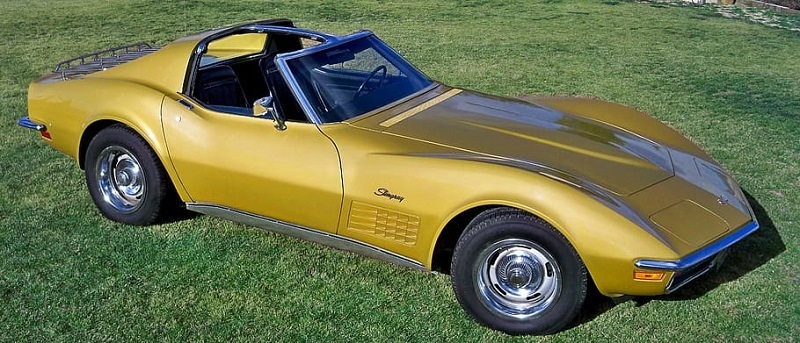
Is the Corvette Faster Than a Ferrari?
If we had to draw parallels between the Corvette C8 to the Ferrari F8, we’d say they are neck-to-neck in terms of speed. As per the reports, the C8 can get to speeds of 60 miles per hour in 2.6 seconds, while the F8 gets to 62 in 2.9. But if the conversation is about which model has the highest top speed, then that crown goes to the F8.
Which Car Is Famously Known as the “Poor Man’s Corvette”?
That’s the 1971 Opel GT. It’s the car that came with a rear-drive layout and front-mid-engine. The people who were responsible for coming up with its blueprint and influencing its design were not directly connected with the Corvette brand.

Conclusion
There’s no denying that this iconic sports car boasts a long and proud history. Even though it has already served us for over 60 years, we still have a feeling that there’s more to come. By the way, did you know that to date, we’ve only had one car offer a legitimate “wrap-around” windshield? And yes, it’s the Corvette.
Featured Image Credit: Josh Kobayashi, Pexels
Contents

